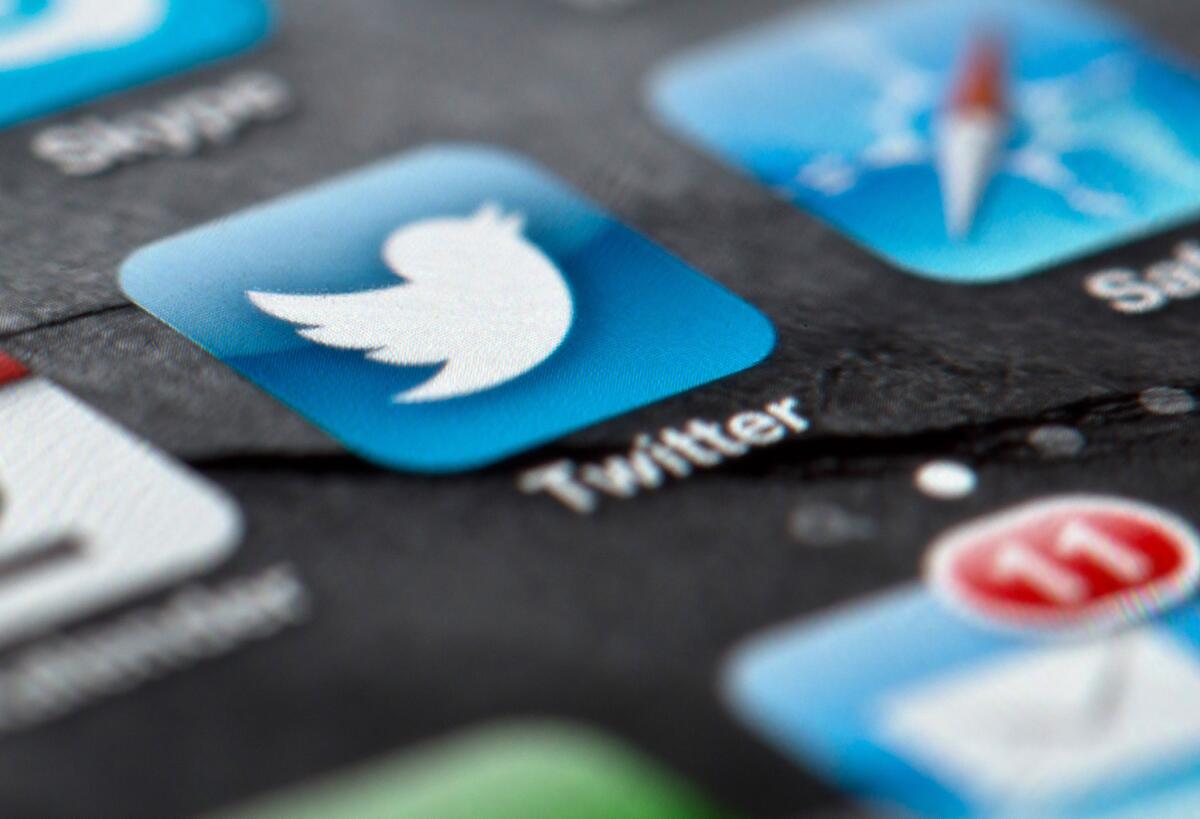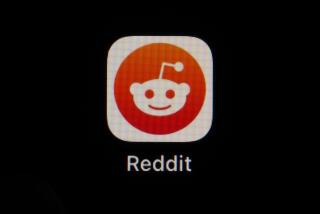Twitter’s five biggest challenges

- Share via
Now that the long-awaited Twitter IPO prospectus has finally landed, the document includes some revealing information about the road ahead for the San Francisco-based social media darling.
And it’s clear that there are lots of bumps and potential potholes ahead. Yes, such S-1 filings include boilerplate disclosures about risks that could apply to any company.
PHOTOS: Top 11 hidden, cool features in Apple’s iOS 7
But Twitter has some very specific challenges it faces to become a successful, sustainable company:
1. Growth slowing: The company is not profitable, its losses are getting bigger, and its growth is slowing? Not likely music to investors’ ears.
“We expect that our revenue growth rate will slow in the future as a result of a variety of factors, including the gradual slow down in the growth rate of our user base,” the company says in the filing.
2. Metrics: This was one of the stranger disclosures. While Twitter’s numbers look good, the company also said it can’t entirely vouch for them. That seems like the kind of thing that would turn off advertisers.
“While these numbers are based on what we believe to be reasonable calculations for the applicable period of measurement, there are inherent challenges in measuring usage and user engagement across our large user base around the world,” Twitter says.
3. Reliability: While Twitter no longer uses the Fail Whale when the service is down, the icon in many ways represents the company’s checkered history marked by growth and significant downtime. Twitter continues to invest heavily it its infrastructure. But it’s a race to stay ahead of user growth plus the addition of new resource-intensive services like short video sharing service Vine.
The company still apparently created enough solid backup systems that if its main network fails, a secondary network would kick in to keep the service live.
“We have experienced, and may in the future experience, service disruptions, outages and other performance problems,” Twitter says. “Although we are investing significantly to improve the capacity, capability and reliability of our infrastructure, we are not currently serving traffic equally through our co-located data centers that support our platform. Accordingly, in the event of a significant issue at the data center supporting most of our network traffic some of our products and services may become inaccessible to the public.”
4. International: The company points to international markets as a potential source of big growth. But it also notes that it has limited operating experience in all but a few markets. And on top of that, the complexity of laws and regulations around things like privacy and security are going to be tough to navigate for a company that at the moment only has 2,000 or so employees.
In addition, it hasn’t made much progress, it appears, in rolling out its ad products to broader international clients.
“We have limited operating history outside the United States, and our ability to manage our business and conduct our operations internationally requires considerable management attention and resources and is subject to the particular challenges of supporting a rapidly growing business in an environment of multiple languages, cultures, customs, legal and regulatory systems, alternative dispute systems and commercial markets. International expansion has required and will continue to require us to invest significant funds and other resources,” Twitter says. “Operating internationally subjects us to new risks.”
5. Reputation: Users love Twitter because it’s an open platform where they can say or do just about anything. But, in its filing, Twitter notes that it’s often the subject of bad press when there are events like the hacking of the Associated Press Twitter account. Or when people say or do crazy stuff.
On top of that, spam accounts represent about 5% of Twitter accounts, and the company continues to try to shut them down.
“Our brand may also be negatively affected by the actions of users that are hostile or inappropriate to other people, by users impersonating other people, by users identified as spam, by users introducing excessive amounts of spam on our platform or by third parties obtaining control over users’ accounts,” Twitter says.
Also:
First look at Twitter’s IPO filing #twitteripo
Twitter IPO could help it compete with Web giants
Twitter founders speak at company all-hands meeting ahead of IPO
More to Read
Inside the business of entertainment
The Wide Shot brings you news, analysis and insights on everything from streaming wars to production — and what it all means for the future.
You may occasionally receive promotional content from the Los Angeles Times.











